Hotel Sol (솔호텔)
13.6Km 2024-12-23
22-4 , Ajung 2-gil, Deokjin-gu, Jeonju-si, Jeonbuk-do
+82-63-261-7000
Conveniently located just 5 minutes by car from Jeonju Station, Jeollabuk-do, Hotel Sol has a big parking lot and offers a variety of rooms. All rooms have beds with latex matresses, and all except the standard double and circular double rooms have jacuzzis. The VIP and Terrace Garden Rooms actually have an outdoor garden terrace with a whirlpool spa, so that guests can enjoy a city vista while bathing with the feelingi of a hot spring bath. Nearby tourist sites include Jeonju Hanok Rail Bike and Jeonju Hanok Village.
2night [Korea Quality] / 투나잇호텔 [한국관광 품질인증]
13.7Km 2024-04-07
16 , Ajung 4-gil, Deokjin-gu, Jeonju-si, Jeonbuk-do
+82-63-241-9594
The 2Night Hotel in Deokjin-gu, Jeonju, Jeollabuk-do, is a mid-to-low-price business hotel with a variety of room types and sizes. All rooms are equipped with a bathtub to sooth travellers’ fatigue. There is a 24-hour front desk, and a free Korean breakfast is served at a self-service bar (except Sundays). Guests can catch a rail bike at the Rail Bike stop 5 minutes’ walk away, while Jeonju Hanok Village, Deokjin Park, and Jeonju Zoo are 10-15 minutes away by car.
Lime Hotel / 라임호텔
13.7Km 2025-03-18
13-3 , Ajung 4-gil, Deokjin-gu, Jeonju-si, Jeonbuk-do
+82-63-241-8300
The Lime Hotel near Dongjeonju IC in Jeongju, Jeonbuk-do, offers modern accomodation and good facilities. Rooms come in different types: for example the Lovely Suite is decorated in traditional Korean style, while the Body Friend Suite is equipped with a high-end massage chair and a jacuzzi. All rooms contain latex beds and 2 PCs. Breakfast is provided and can be offered as a room service if desired. Nearby sights to see include Ajung Lake Park (700m away), Jeonju Hanok Village, Jeondong Cathedral and Gyeonggijeon Shrine (both10 minutes away by car).
Jeonju Hanok Railbike (전주한옥레일바이크)
13.8Km 2024-05-27
420 Dongbu-daero, Deokjin-gu, Jeonju-si, Jeonbuk-do
+82-63-273-7788
Jeonju Hanok Railbike runs along an abandoned section of railroad on the Ajung Line near Jeonju Hanok Village, one of Korea’s largest landmarks. The course runs approximately 3.4 kilometers round-trip from Silli to Waemangsil at a speed of about 15 to 20 kilometers per hour.
Railbikes make for a fun activity for individuals, groups of family or company, field trips, experiential study and other varied events. The railbikes are available to enjoy all year round and the rail park houses varied subsidiary facilities including a photo zone, and Ajung Dabang.
Wanju Samrye Strawberry Festival (완주삼례딸기대축제)
14.0Km 2025-03-07
42 Donghak-ro, Samnye-eup, Wanju-gun, Jeonbuk-do
Samrye Nonghyup: +82-63-291-2711 Wanju Foundation for Arts & Culture: +82-63-262-3955
The Wanju Samrye Strawberry Festival offers visitors fresh and delicious strawberries, lively performances, engaging events, and various hands-on experience programs. The festival is a great opportunity to create unforgettable memories with friends, families, and loved ones.
Saekjang Rice Mill (색장정미소)
14.2Km 2024-04-07
2-15 , Wonsaekjang-gil, Wansan-gu, Jeonju-si, Jeonbuk-do
+82-63-272-2460
Saekjang Rice Mill, located approximately 5 minutes by car from Jeonju Hanok Village, is a unique cafe that transformed an old rice mill from the 50s. The cafe exhibits antique art works perfect as a photo spot, but the best photo zone is on the second floor that will take you back in time.
Muisahoe (무이사회)
15.1Km 2024-04-07
22-5 Sugok-gil, Deokjin-gu, Jeonju-si, Jeonbuk-do
Muisahoe, situated 20 minutes from the center of Jeonju, is a café designed with both dogs and their owners in mind. It boasts a spacious grassy outdoor area for dogs to play and a large indoor space for owners to relax. The café's standout drink is the Muisoop latte, a unique blend of milk cream and brown sugar. There's a weight limit for dogs, allowing entry only to those weighing 17 kilograms or less. However, customers without dogs are equally welcome to enjoy the café's offerings and atmosphere.
Byeokgolje Museum of Agricultural Culture (벽골제 농경문화 박물관)
16.0Km 2024-04-06
442, Byeokgolje-ro, Gimje-si, Jeonbuk-do
+82-63-540-4989
The largest irrigation facility in Korea, Byeokgolje Reservoir (Historic Site) is considered the birthplace of Korea’s rice-farming culture. All that remains of the reservoir today are a three-kilometer long embankment that spans from Sinyong-ri to Wolseung-ri in Buryang-myeon, Gimje-si and a monument that was erected in 1415. The Byeokgolje Museum of Agricultural Culture exhibits around 250 artifacts related to rice farming; located within the same complex is an experience center where visitors can discover many properties of irrigation facilities first-hand.
Byeokgolje Reservoir Site (김제 벽골제)
16.1Km 2024-04-07
442 Byeokgolje-ro, Buryang-myeon, Gimje-si, Jeonbuk-do
+82-63-540-4094
Byeokgolje Reservoir Site is home to the embankment and stele recording reconstruction for Korea’s first ever reservoir. Records show it was rebuilt in the 6th year of King Wonseong of Silla (790), the 21st year of King Hyeonjong and King Injong of Goryeo (1143), and then again in the 15th year of King Taejong of Joseon (1415). It was lost due to heavy rain in 1420 (the 2nd year of King Sejong's reign).
Currently, only about 3 kilometers of straight embankment remains on the site. In 1925, the Dongjin Land Improvement Association remodeled this embankment and used it as a channel for providing water for farming, thus losing a lot of its original appearance. A monument was erected on the north side of the embankment to commemorate the rebuilding of Byeokgolje Reservoir during the Joseon Dynasty. However, it is difficult to read the writing because it is worn out.
In 1975, two sites with water gates that controlled the water in the reservoir were excavated, and the results showed that the construction used large-scale, high-level engineering technology. Byeokgolje Reservoir is not only significant in that it was Korea's first reservoir but also proves that the country’s civil engineering technology was developed enough to build such a reservoir at the time, revealing a groundbreaking fact in the history of science and technology in Korea.
Nearby tourist attractions can be visited together: Byeokgolje Agricultural Museum, where you can get a glimpse of the old agricultural culture, Theme and Experience Space for Agriculture, and Byeokcheon Art Gallery, which displays the works of Na Sang-mok, an Oriental Painting artist in Korea.
* Pets are allowed; however, a leash is required.
Gimje Horizon Festival (김제지평선축제)
16.2Km 2025-07-09
442 Byeokgolje-ro, Buryang-myeon, Gimje-si, Jeonbuk-do
+82-63-540-3037
In Korea, finding an unobstructed horizon is a rarity, making Gimje’s expansive horizon a unique and stunning sight. Held in the autumn when the fields are tinged with gold, the Gimje Horizon Festival celebrates this unique landscape. The festival aims to promote Gimje’s famous rice and preserve traditional agricultural culture based on the theme of, “where the land meets the sky.” The torch parade at night is the highlight of the festival. The spectacular performance in front of the huge twin dragon sculptures standing at the center of the Byeokgolje Reservoir (Historic Site No. 111) perfectly captures the festival’s vibrant and passionate atmosphere. Throughout the festival venue, there are farming activities, such as harvesting rice and threshing, as well as rural experiences of the past, such as catching grasshoppers and riding an ox cart.
◎ Byeokgolje Reservoir
Built during the Baekje period, the manmade reservoir shows the wisdom of Korea’s ancestors and the old agricultural system. On the embankment more than 3 kilometers long, five floodgates were installed to discharge water into the rice fields.
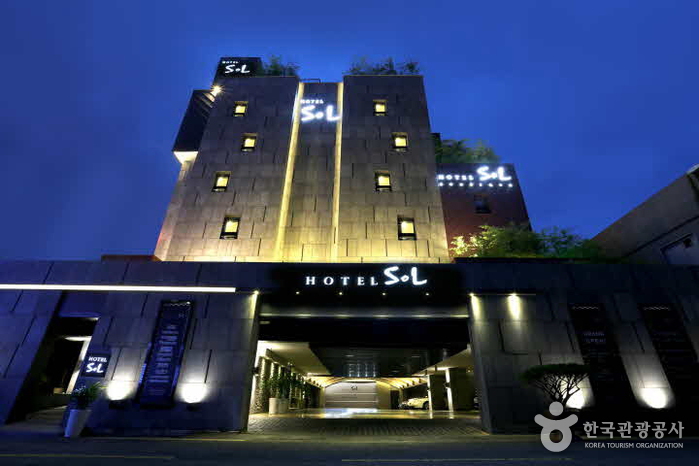
![2night [Korea Quality] / 투나잇호텔 [한국관광 품질인증]](http://tong.visitkorea.or.kr/cms/resource/32/2651532_image2_1.jpg)

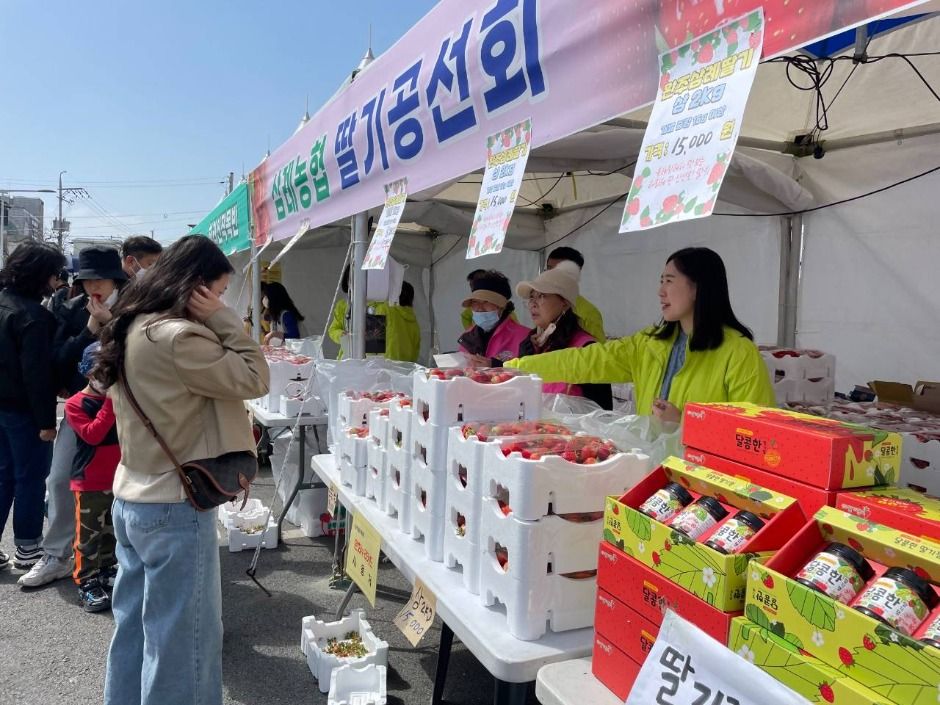
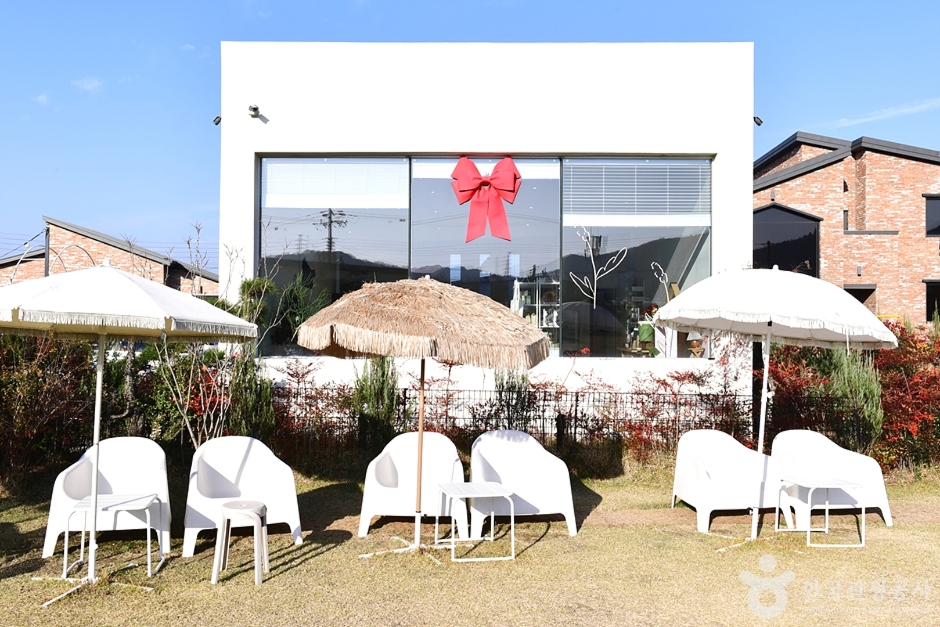
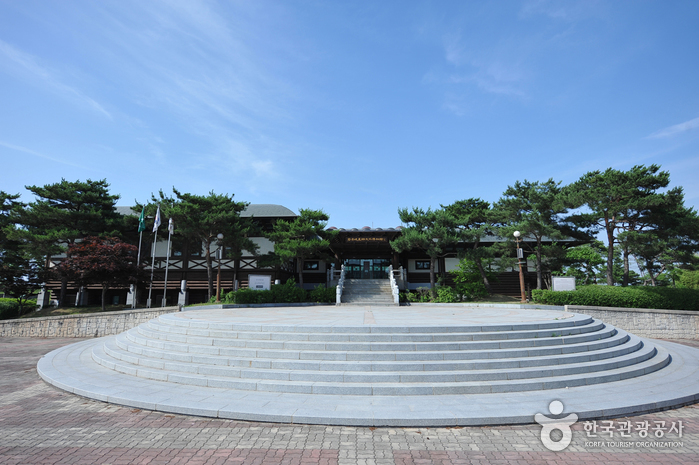
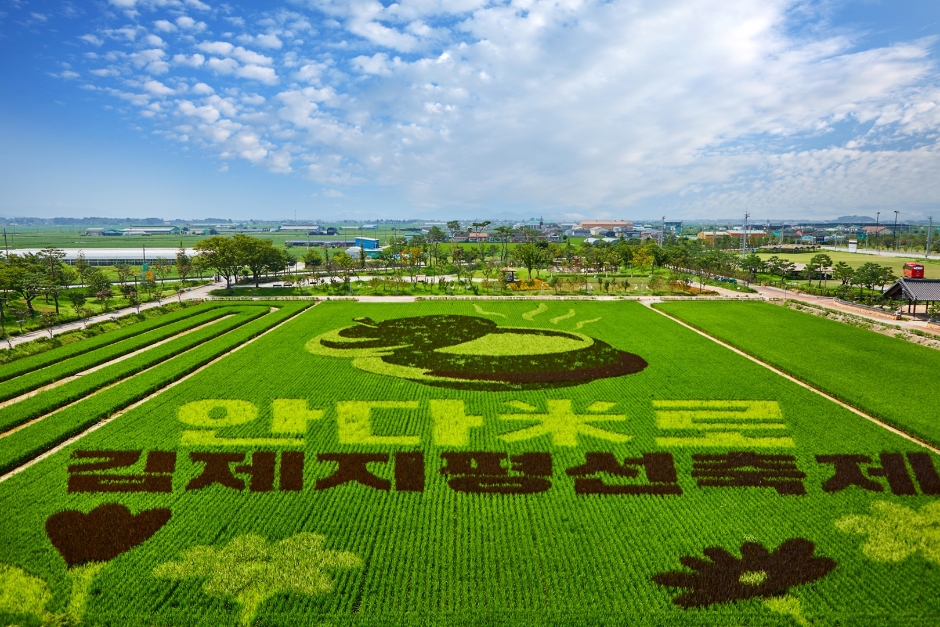
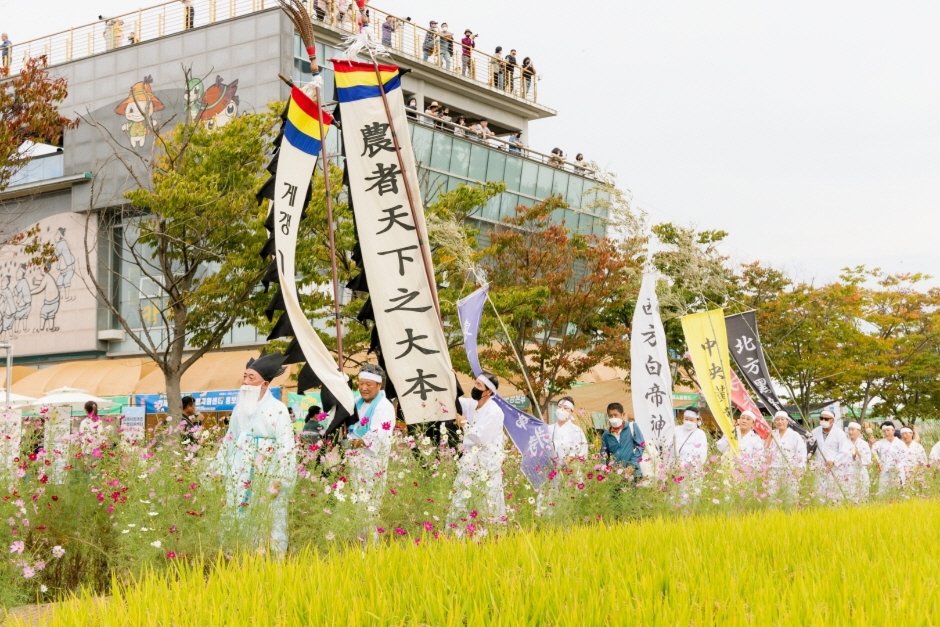
 English
English
 한국어
한국어 日本語
日本語 中文(简体)
中文(简体) Deutsch
Deutsch Français
Français Español
Español Русский
Русский